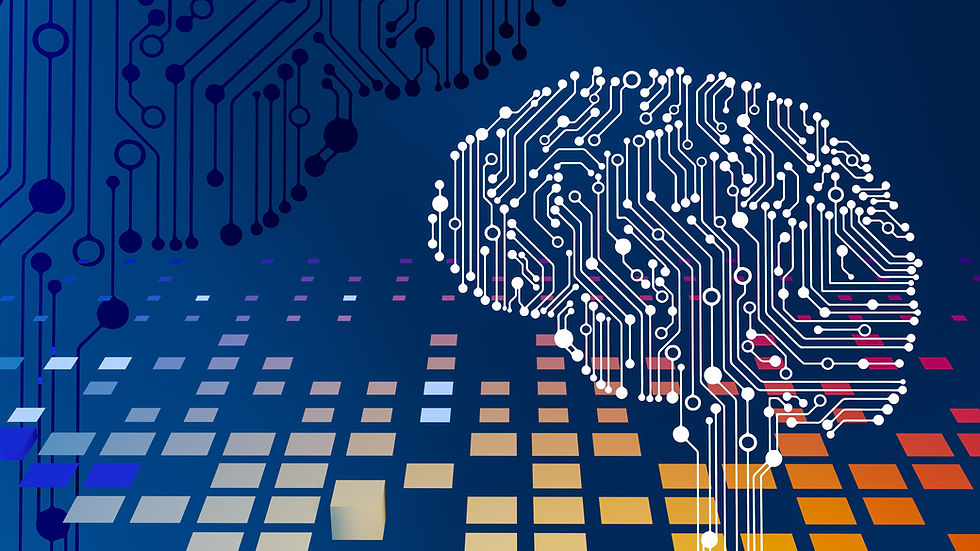Smart Democracy
- Dominic Ramirez
- Apr 24, 2024
- 3 min read
Updated: 7 days ago
By Martha Leticia Mercado Ramirez
Technology and Its Impact on Our Daily Lives
Technological development in every aspect of life is advancing at a breathtaking pace, constantly transforming our reality with new innovations. Today, nearly everything can be described as “smart”, helping us streamline and enhance our professional, social, and personal activities.
We live in an era where we can access virtually any type of information or entertainment national or international with just a single tap on our mobile devices. In medicine, robot-assisted surgeries are becoming increasingly common, and autonomous vehicles are taking on more and more functions independently.
All of these advancements have shaped a new reality in which innovation plays a crucial role. In this context, I’d like to reflect on the growing influence of technology in one particular sector that directly impacts citizens’ daily lives: the electoral process and, by extension, democracy itself.
The Electoral Sphere: A Sector in Development
Democratic participation has changed dramatically in recent years thanks to new mechanisms that allow citizens to better understand and engage with democratic systems and access to power.
In both federal and local institutions, electoral authorities have leveraged information technologies to bring democracy closer to the people — encouraging participation, a key factor in consolidating the Mexican Electoral System.
Some of the most notable innovations include:
Live streaming of institutional activities on social media.
Pilot testing of electronic voting machines.
Digital justice platforms for filing electoral complaints.
Online voting systems that allow citizens to participate remotely.

Social Media and Electoral Justice
Social media and the internet more broadly have become powerful tools for strengthening democracy.Beyond serving as channels for disseminating information and content, they are also platforms through which authorities and political actors engage directly with citizens.
The rise of diverse digital platforms has pushed electoral institutes and courts to transform their communication strategies, create tailored content, and adapt their messaging to each platform’s audience and format.
In terms of digital justice, electoral courts have implemented online systems allowing citizens to file complaints or monitor electoral disputes through digital platforms from submission to resolution.
This digital transformation has made the administration of electoral justice faster, more transparent, and more efficient, saving both time and resources for citizens and institutions alike.
Electronic Voting: Empowering Participation
Voting is the cornerstone of any democracy.For that reason, electoral authorities continuously seek ways to provide citizens with secure, transparent, and innovative tools to exercise this fundamental right.
At both the federal and local levels, electronic voting pilots have become increasingly common. Among their benefits are:
Immediate result delivery.
Elimination of human error in vote counting.
Greater certainty and reliability in electoral outcomes.
In 2023, during the Participatory Budget Citizen Consultation in Mexico City, the Electoral Institute of Mexico City implemented an internet-based voting system, allowing citizens to register and cast their votes from any mobile device.
This initiative represents a major step forward, enabling participation from anywhere without the need to travel to a polling station.
Final Considerations
I am convinced that technology can play a transformative role in strengthening democracy and the Mexican Electoral System.
The electoral sector is fertile ground for developers, innovators, and creators of digital tools, apps, and content that can simplify and enrich civic participation.
As electoral authorities, we hold the responsibility to listen to citizens’ needs and collaborate closely with technology experts to ensure that digital innovation continues to serve democracy making it more inclusive, efficient, and transparent.




Comments